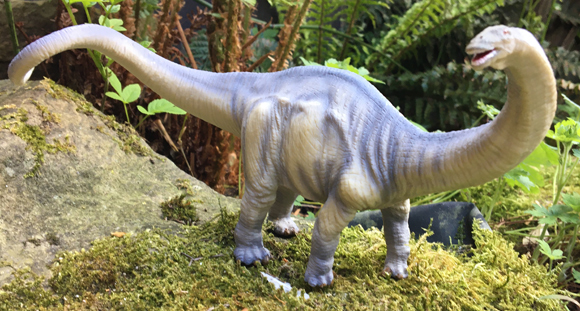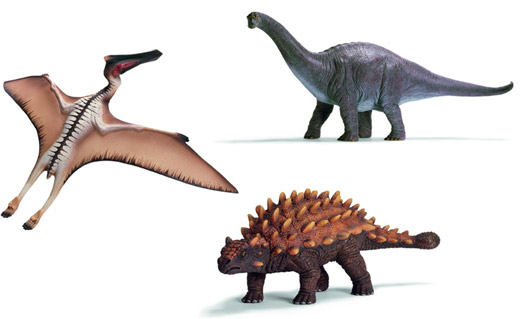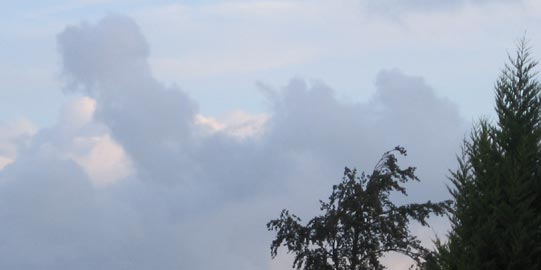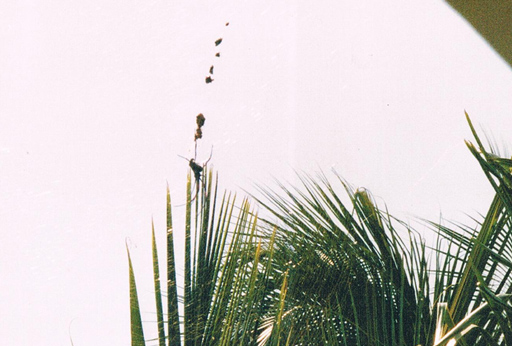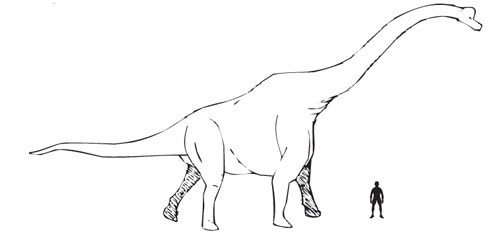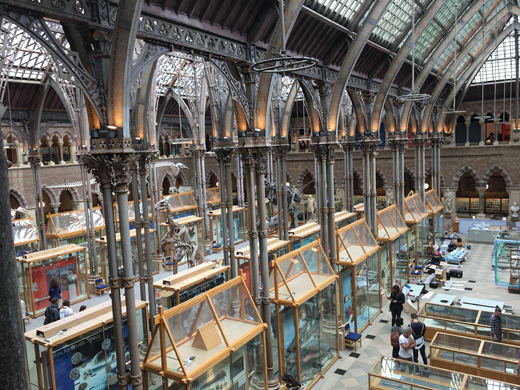Tyrannosaurus rex – A Mounted Skeleton up for Auction
A Tyrannosaurus rex skeleton is due to go under the hammer at auction.
Dinosaurs and other prehistoric animal fossils used to be associated with just one type of hammer, a geological hammer, one of the many types of tools palaeontologists use to help extract these precious items from their matrix (the surrounding rock). However, dinosaurs and other very special fossils are also becoming associated with another type of hammer – the auctioneers gavel.
Museums and wealthy private individuals will be bidding for their very own T. rex exhibit as a fully mounted museum specimen goes under the hammer in Las Vegas, Nevada. The fossil is being put up for sale by the private owner and the auctioneers, Bonhams & Butterfields hope that this particular lot will sell for over $6 million USD.
Tyrannosaurus rex
The 170 bones were discovered nearly twenty years ago in South Dakota, and represent more than half the skeleton of a 13 metre long adult Tyrannosaurus. Team members at Everything Dinosaur are unsure as to which specimen is being sold but we suspect it is the “Z-rex” discovered and excavated between 1987 and 1992 which as far as we knew was in the hands of a private collector based in Kansas. According to our records about 40% of the skeleton had been recovered including most importantly of all, skull material.
To read an article about an earlier T. rex sale: What to get the person who has everything?
A number of other important dinosaur fossils and prehistoric animal exhibits have been sold at auction in the last few years, although the economic downturn has affected the prices paid for such items.
To read about the auction of a Triceratops: Going, going, gone Triceratops finds a Buyer.
The most famous Tyrannosaurus rex, the fossilised skeleton of the dinosaur called “Sue” was sold by Sotheby’s for $8.36 million USD on October 27th 1997. The auctioneers are hoping that this specimen will fetch a similar amount.
The Tyrannosaurus has been nicknamed “Samson”, indicating that it was a male but to the best of our knowledge no scientific paper confirming the possibility of this being a male has been published. The auctioneers claim that this is a female, but we have not seen evidence to substantiate this claim. Also, this animal has never been put on public display. The auction is to take place on October 3rd and the specimen will be available for viewing. It has already been mounted on a metal framework so in theory it could go straight into the display collection for a major museum.
How Most People View A Tyrannosaurus rex Exhibit
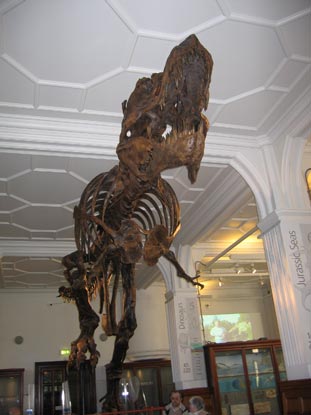
Picture credit: Everything Dinosaur
The T. rex in the picture is the gallery exhibit at the Manchester Museum it is the cast of “Stan”, the T. rex discovered in 1992 (museum specimen code STAN-BHI3033), also found in South Dakota. The cast cost £100,000 GBP to purchase.
Tom Lindgren, a natural history specialist for Bonhams & Butterfields, commented: “Samson is the third most complete T. rex skeleton ever discovered, and one of only 42 specimens discovered in the last 100 years with more than 10% of the bones”.
Calling the T. rex fossil the “pinnacle of palaeontology” Lindgren expects a lot of interest in this particular auction.
He went onto add:
“Most of the major museums in the world have casts of T. rexes,” as opposed to the real thing. Bidding on this T. rex is not going to be a gamble, it’s going to be the opportunity of a lifetime to whoever gets it”.
The T. rex is one of forty or so museum quality specimens going in the auction, other exhibits include a Hadrosaur and a prehistoric shark. Mr Lindgren commented that he hoped the specimens would go to public institutions so that they could be studied and eventually put on public display. We certainly echo his words, it would be a terrible shame for any of these rare and precious items to end up in the hands of a wealthy private collector and the opportunity to see them and study them lost.
Lindgren said most of the dinosaur’s bones have been stored in a warehouse and have never been on exhibit privately or publicly. He would not say how much its current owner invested in it, but said it is more than the $6 million to $8 million he estimates it will sell for. Along with the mounted skeleton there are several elements from the original dig site that have not yet been fully prepared, so more of the fossil bones could eventually be cleaned and available for study.
Let’s hope that the exhibits all find nice homes in public institutions.
You do not have to be extremely wealthy to own a Tyrannosaurus rex, after all Everything Dinosaur stocks a huge range of tyrannosaur models and figures, such as those in the Rebor models and replicas range.





